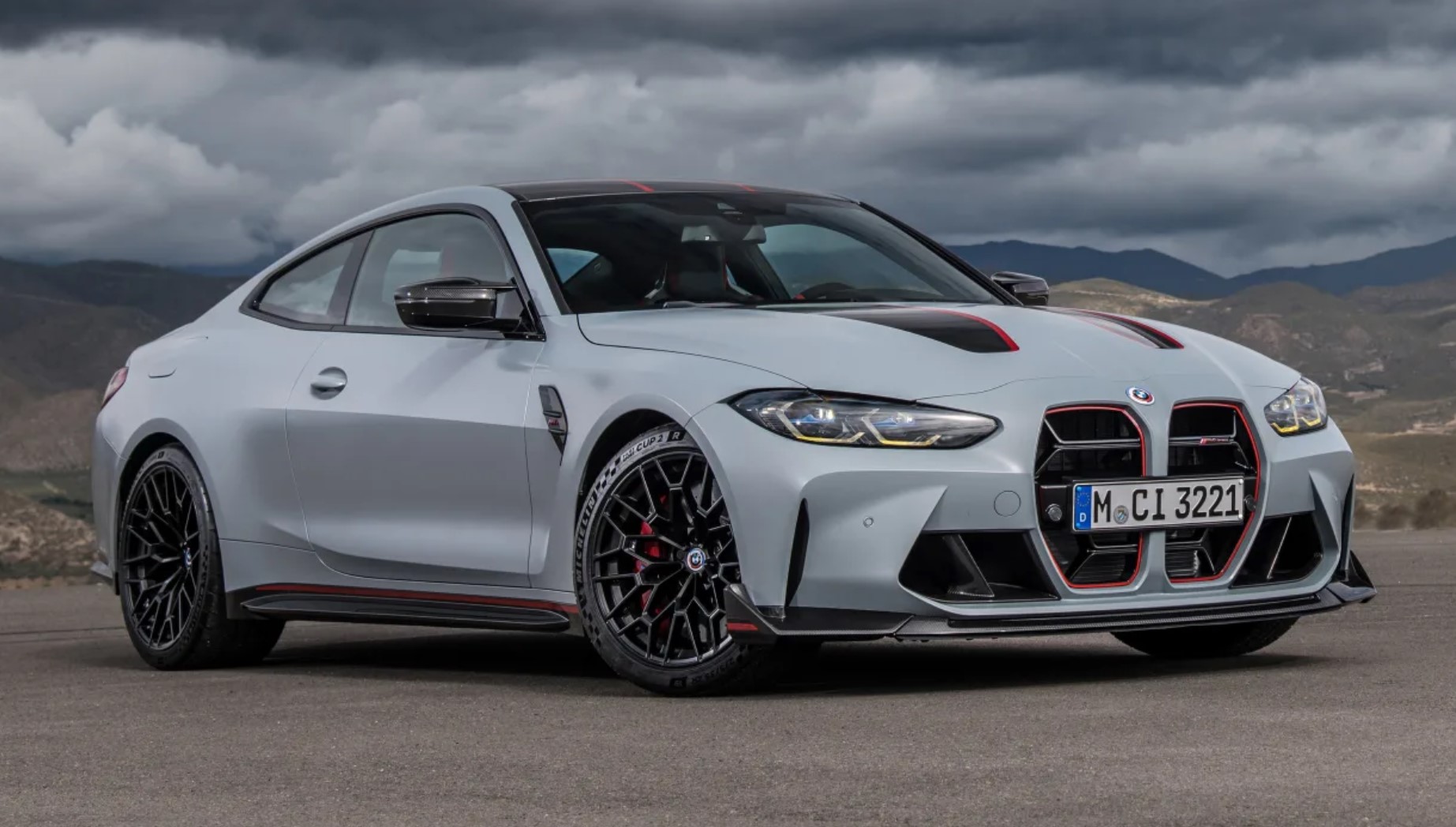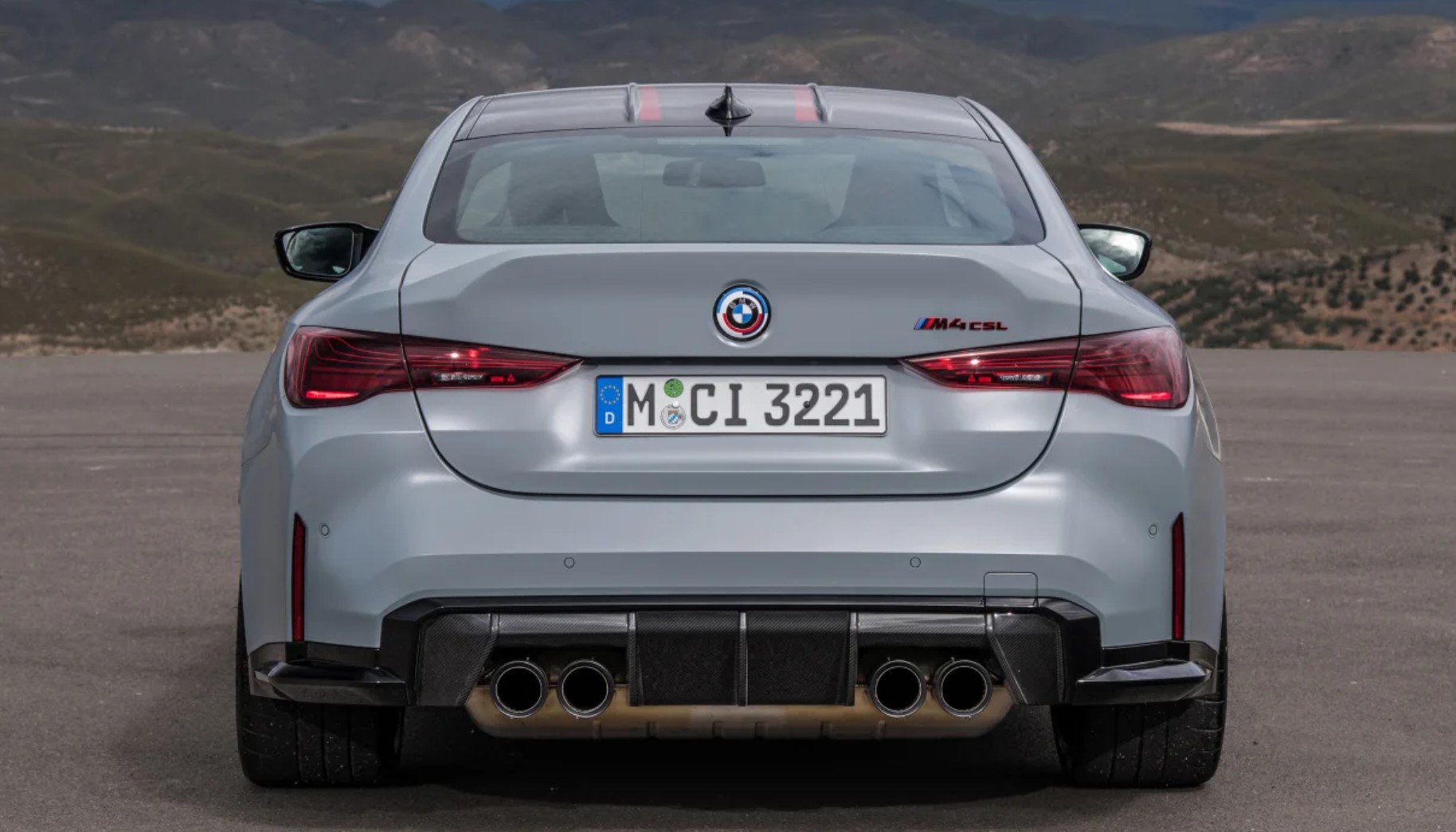Priced from $303,900 in Australia, the new BMW M4 CSL packs 405kW and boasts a 7:15.677 Nurburgring lap time
Ferrari has GTO. Lamborghini has SVJ. BMW has CSL. Not even Porsche’s RS badge carries the rarity and weight of expectation of those three badges from BMW. Like Ferrari and Lamborghini, BMW only applies the CSL badge to the most special and focused cars. To celebrate 50 years of its M division, BMW has dusted off the CSL badge and affixed it to a hardcore interpretation of the current M4 coupe.
As with Ferrari’s GTO badge, this is just the third time that BMW has used the CSL nameplate. It debuted in 1973 on the 3.0 CSL and was put on ice until the E46 M3 CSL of 2003. It’s worth noting that BMW considers this new M4 CSL part of a lineage of ultra-high-performance coupes that includes the abovementioned CSLs and the 2016 M4 GTS.
With just 1000 units to be available globally – Australia will receive a very small allocation in the fourth quarter of this year – the new M4 CSL is rarer than the seminal E46 M3 CSL, of which 1400 were produced. Priced at $303,900, in Australia, the CSL sits $138,400 above the rear-drive M4 Competition and $29,000 above the BMW M5 CS.
The CSL is a hardcore version of its M4 sports coupe, and sits above the M4 Competition as a rival to track-focused models such as the Porsche 911 GT3.
Securing its status as the M department’s most aggressive offering is a tuned engine pumping out even more power, as well as some hardcore chassis tweaks and an aggressively styled body kit.
Key to the CSL’s focus is its reduction in weight. The L in the CSL’s name stands for Lightweight, and this new model sports plenty of weight-saving measures.
The car tips the scales at 1625kg, which is 100kg lighter than a regular M4, with extensive use of carbon fibre for the body panels helping save 21kg. The now-trademark M division carbon fibre roof features, and combines with a carbon fibre bonnet (1.2kg lighter and accented by exposed areas) and boot (6.7kg saving) to give the CSL a more aggressive look.
This is supported by a deeper front bumper with a new kidney grille arrangement that features just one horizontal bar, as well as enlarged auxiliary grilles to improve cooling plus carbon fibre splitter elements lower down emblazoned with CSL lettering.
Standard-fit lightweight M carbon-ceramic brakes, which save 14.3kg compared with standard steel items, unique alloy wheels – 19 inches at the front and 20 inches at the rear – and different springs and suspension struts are also part of the CSL package, and save another 21kg collectively. To further improve handling the CSL has an aluminium strut brace under the bonnet, improving structural rigidity.
The standard M4’s 3.0-litre twin-turbo straight-six engine has been developed to produce 404kW – an increase of 29kW over the M4 Competition – while torque remains the same at 650Nm. The extra power comes from increased turbo boost pressure, up from 1.7 to 2.1 bar, alongside a remapped ECU, while the exhaust system now features a titanium silencer, which saves 4.3kg. The motor is also mounted to the chassis using stiffer engine mounts for a feel “reminiscent of a racing car”, according to BMW.
There’s no manual option with only BMW’s eight-speed automatic gearbox available. Unlike the standard M4 Competition the firm’s M xDrive set-up isn’t offered either, so the CSL is rear-drive only, but with launch control and sticky tyres it will sprint from 0-100km/h in 3.7 seconds. Top speed stands at 305km/h.
Inside, the interior features a carbon fibre centre console, which saves around 4kg. BMW has also fitted a pair of M carbon bucket seats, helping save 24kg, while the firm has removed the car’s rear seats completely, saving yet another 21kg. A switch to ultra-lightweight sound insulation has saved a further 15kg.
Unlike the optional two-piece bucket seats on the M4 Competition (which are available as an option), the CSL’s one-piece seats are much more focused; they feature cut-outs for a six-point harness, reinforcing the car’s focus on track use.
With this in mind, the M4 CSL has already set a Nürburgring lap time of 7:15.667, making it the fastest BMW ever around the famous race track.
Other bespoke touches for the CSL’s interior include an Alcantara steering wheel and carbon fibre gear shift paddles, as well as liberal use of Alcantara trim inserts elsewhere inside the cabin.
Adaptive dampers, variable-ratio steering, and a BMW’s integrated M braking system all come fitted as standard, with the suspension featuring an 8mm drop in ride height compared with the M4 Competition, lowering the car’s centre of gravity.
The dampers feature auxiliary springs at both the front and the rear, while the rear suspension’s rubber bushings have been replaced by ball joints to improve precision. The front end also features more negative camber given the CSL’s intended use on track.
The suspension settings can be adjusted electronically with three modes available: Comfort, Sport and Sport Plus. BMW has carried across its adjustable M Traction control set-up, which can be engaged in M Dynamic Mode; the first five are the same as in the standard M4, with the second five of the 10-stage system optimised for traction under track conditions.
As a result, Road and Sport driving modes are joined by a new Track setting for the CSL, which switches the skin on the 12.3-inch digital dash and optional head-up display if specified. The digital dash is joined by a 10.25-inch central display, which features the same infotainment system as the regular M4, including the M-specific Drive Professional system that features a lap timer and a drift analyser.
Other standard equipment includes BMW’s Laserlight headlights, which illuminate in yellow rather than white to invoke the spirit of GT racing cars, while the rear light clusters for the CSL also feature a new design illuminated by laser lights.
Jesse Taylor












